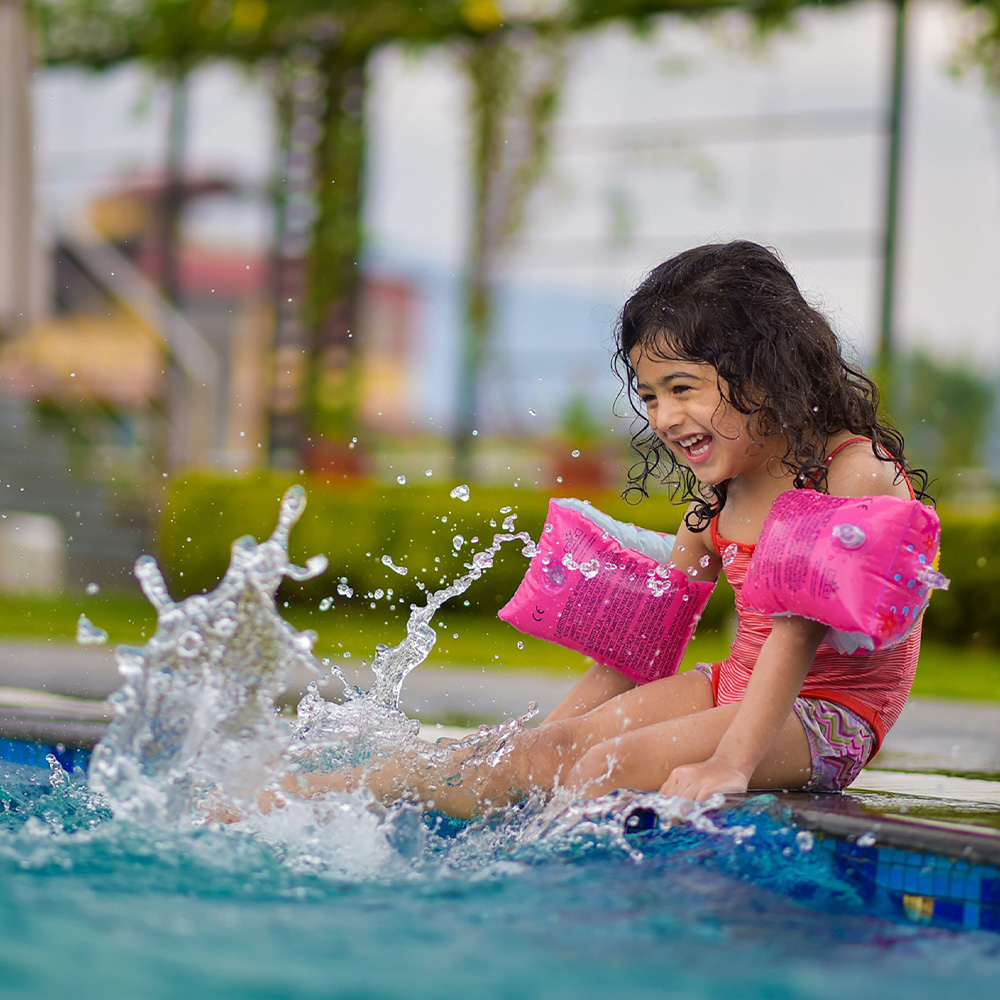WHAT TO DO IF YOU FIND A BABY JOEY
Each spring, marsupials in Australia begin to care for their pouch young. The mating season typically occurs during wintertime; by the time spring arrives and temperatures warm up, joeys have grown to a suitable size. As a result of this natural phenomenon, road accidents and animal deaths are more likely due to increased natural curiosity and the overwhelming search for a food source. In other words, the probability of an animal being pregnant or carrying their young joey when they are hit is significantly higher, consequently increasing their likelihood of carrying young.
It is heartening to witness the sheer number of carers and professionals who take time out to check on animals that have been struck, as well as numerous members of the Australian public - even those without experience - willing to lend a helping hand. If you happen to find any injured animals on the side of the road, the first thing you should do is call Wildlife Australia on 03 8400 7300. They will be able to guide you through the following steps.
Regrettably many animal welfare parks regularly receive animals that have been subjected to ineffectual care and are now beyond help. Despite the good intentions of their caregivers, these creatures usually reach a stage where recovery is no longer possible by the time they make it to them. Following are some care guides and instructions if you happen to find yourself on the side of the road with an orphaned baby joey.
Many people think orphaned marsupials need to be fed milk, with the most common forms of milk being baby formula and cow's milk. Both of which contain lactose, which marsupials are intolerant to and will upset their stomach, and dehydrate them and by the time we get them, not much can be done to help them survive.
Another key factor in helping keep joey alive is warmth. Joeys during spring are often bald, or just starting to develop their fur and when out of a pouch, they cannot thermo-regulate, meaning that they get cold very quickly and can die - warmth is critical!
Some basic care principles to consider if you do find an orphaned marsupial are below:
- - Do not feed the joey any form of milk consumed by humans.
- - Keep the joey warm. To do that, keep it wrapped up in a beanie on your belly under clothes with contact on the skin with the beanie and the joey inside. Joeys need to feel warm to the touch. If it feels lukewarm, it is too cold and risks the chance of being hypothermic. Hot water bottles are often used, however, they get cold very quickly, so skin-to-skin contact is recommended.
- - If you feel the need to give the joey fluids, give the joey Lactaid (which can be purchased from chemists) or rehydration solutions that can be mixed with water in small amounts to keep the orphan hydrated until such a point that it can be given to an expert.
- - Get the joey to an experience care person within 24 hours.
Important things to pack when travelling Rural Australia
Even if you don't ever think you would need to help injured animals while travelling through rural Australia, it's always important to have a stash of essential supplies in your car. That way, if an unfortunate event were to take place, you'd be ready with the necessary items needed for assistance.
1. Old Towels or blankets - to place over injured wildlife to calm them and keep them warm.
2. Makeshift pouches in a range of sizes - beanies, socks, drawstring bags, and old jumpers make from natural fibre make great makeshift pouches to keep joeys warm and secure. Alternatively, if you're feeling crafty, instructions for kitting your own pouches are available on Wildlife Victoria's Website.
3. Box of disposable gloves - to keep your hands clean and protect wildlife from germs too.
4. Gardening gloves - a thicker pair of gloves will protect you from bites and catches if you need to assist birds or larger animals or if there's broken glass around.
5. Torch - pouches are very dark and new babies are tiny, you'll need extra light to see right down into an animal's pouch. A head torch works best o your hands are free, but the touch on your mobile phone will do in a pinch.
6. Pair of round-tipped scissors - for cutting joey out of the pouch if necessary. The round-tipped ends are important to avoid further injury to the joey. Tweezers may also come in handy.
7. Heat Source - a wheat bag, hand warmer or even just a water bottle filled with warm water (not boiling) tap water can all help to keep joey warm. if you don't have this, use your own body heat.
8. Hand Sanitiser - to clean your hand afterwards
9. A Ventilated Box - to keep small animals and birds contained if you need to transport them in your car. A washable plastic pet carrier is perfect as larger animals can't escape or dig through them.
10. Elastic bands - to loop around the opening of a pouch or pillowcase so that the animal inside cannot escape.
11. Paint - Any bright colour other than red, to paint a large cross on the dead animal's body after you've finished checking its pouch - This will help other wildlife rescuers and Wildlife Victoria operators to know the animal has already been checked. Note: spray paint cans may explode if they get very hot.
Before attempting to remove a joey from its pouch, it's essential to recognize that the process is not as straightforward as one would think. Many people often ask what the safest and most effective way of performing this task is, so here’s an answer. When a mother has already reached rigor mortis, the pouch opening becomes quite stiff and makes removing a joey difficult. Moreover, rough handling during this stage puts the joey at risk of injury and likely causes long-term damage to its health. Therefore, it is essential that extreme caution be used in such cases.
The joey may be furless and connected to the teat inside of its mother's pouch, or if it is just developing fur, have its lips fused permanently. If this is true, then utilizing a pair of scissors is your safest bet; however, bear in mind that with fast movements there comes an elevated risk for harm to the joey—therefore take the utmost care!
Slowly insert your hand into the pouch and find the teat at the end of joey's nose. Make sure to keep your fingers between the scissors (if using) and joey, then make a precise cut slowly. Take out joey by holding onto its teat with its mouth firmly closed. If you don't have scissors available, try to wrap your hands around it as much as possible before pushing against both sides of the nose until you can ease its teat out from in between the lips.
Please take extreme caution when attempting this action, as it can easily tear and injure the mouth. Additionally, if you are inexperienced in handling Australian wildlife, do not attempt to rear them yourself. Promptly bring the animal to an experienced care network or vet clinic instead for proper rehabilitation.
Please contact Wildlife Victoria as soon as possible if you have found an injured or sick animal on the road. For Kangaroos and other marsupials, call Wildlife Victoria on 03 8400 7300 immediately.





